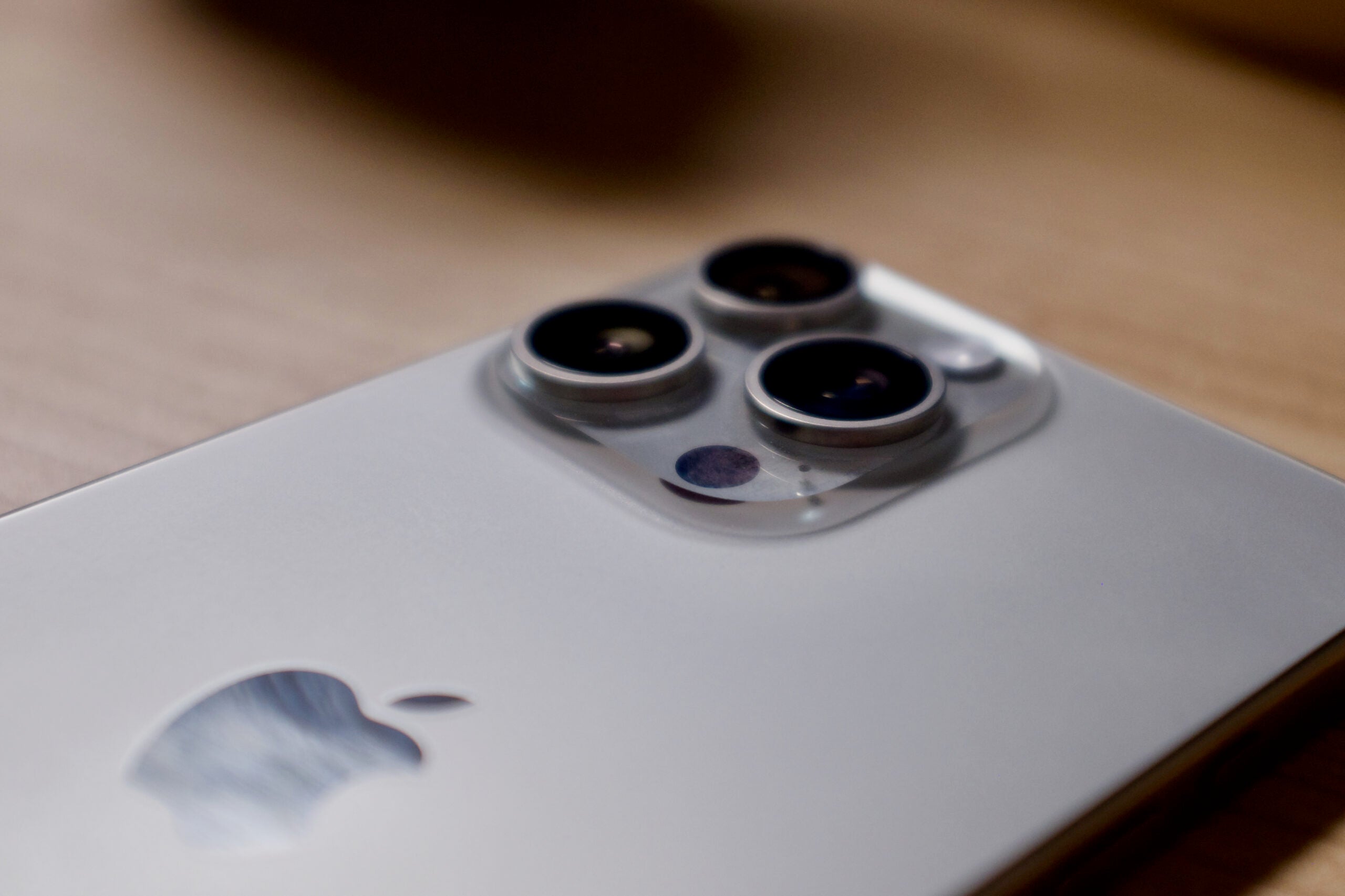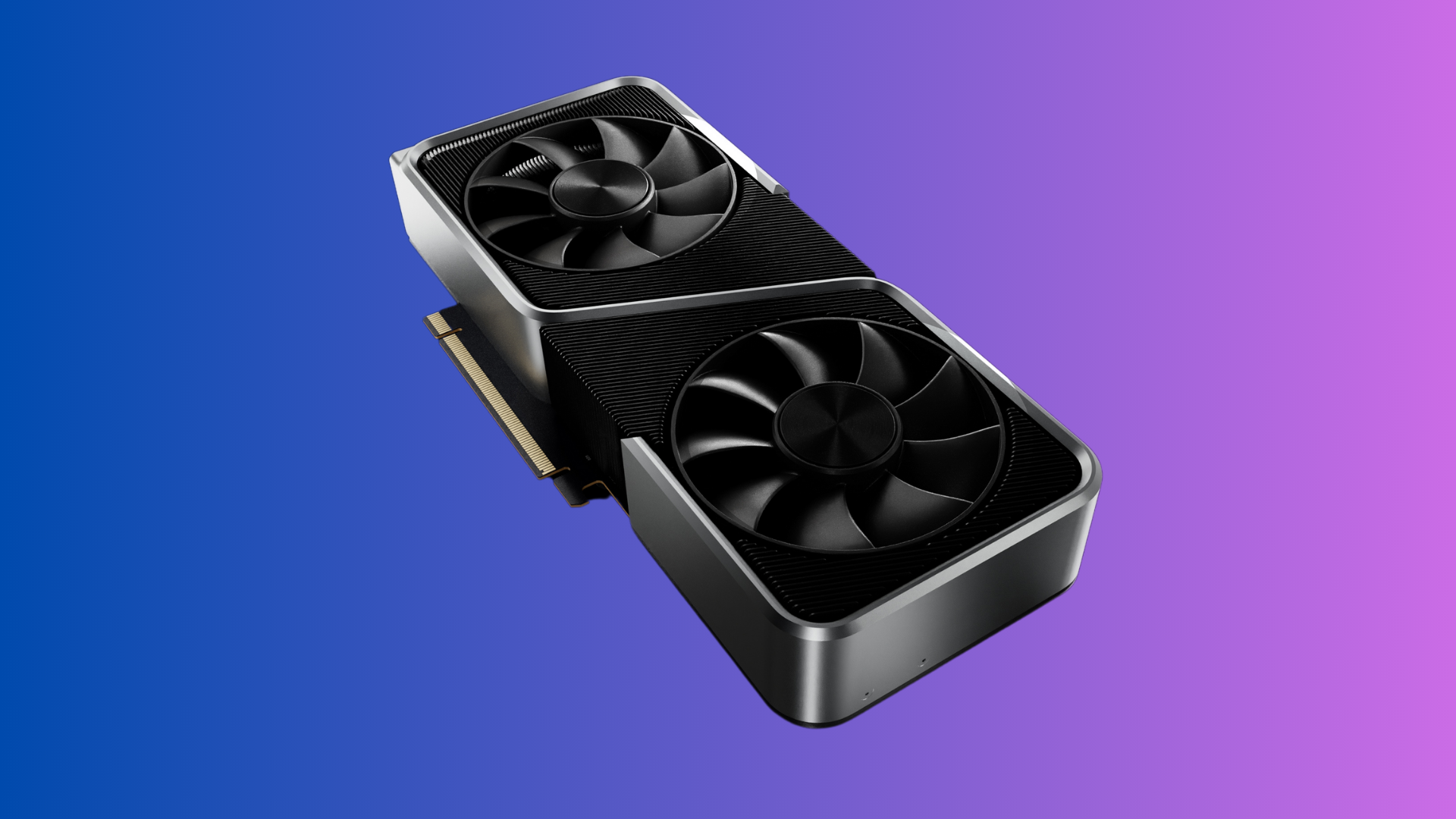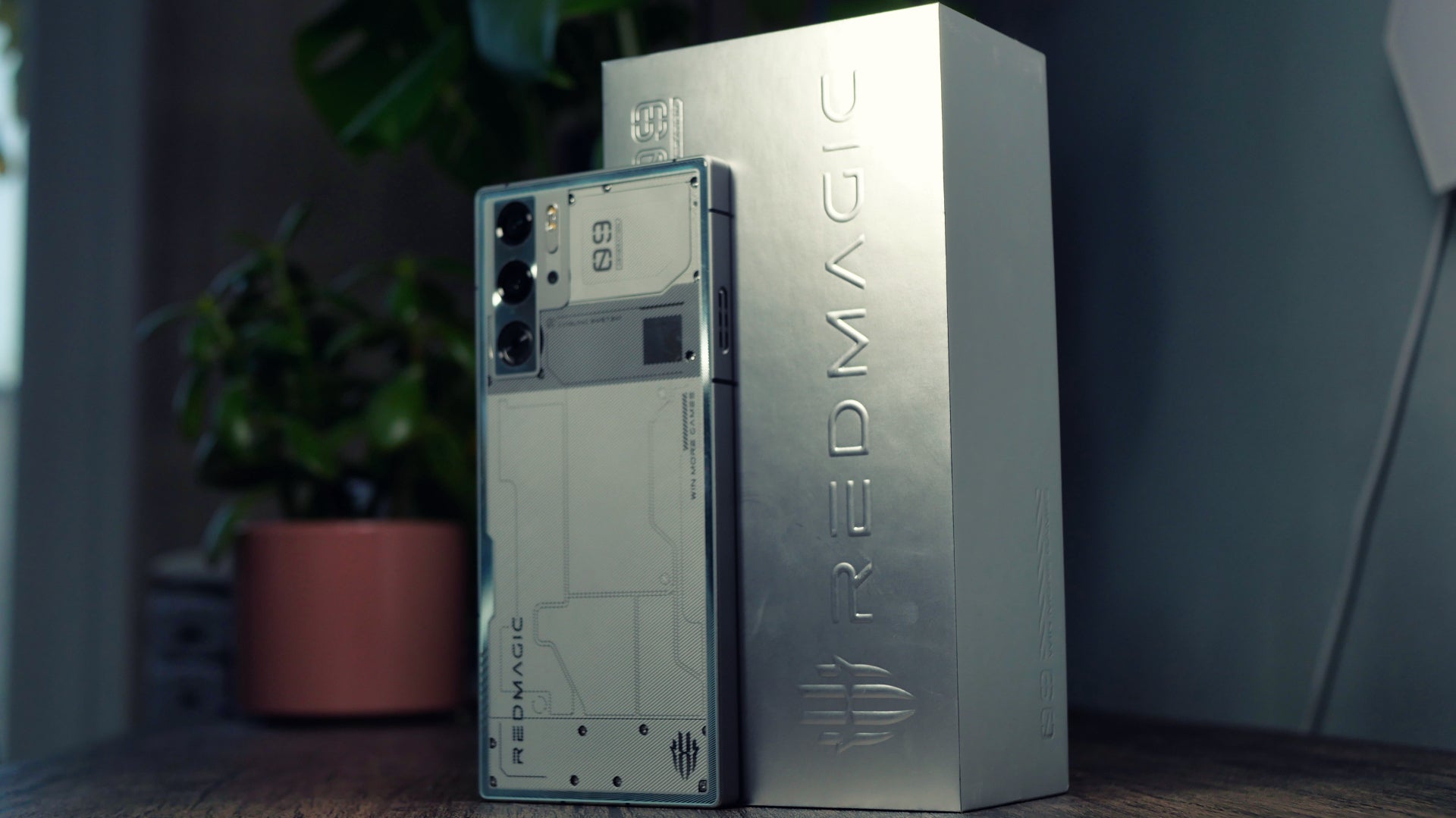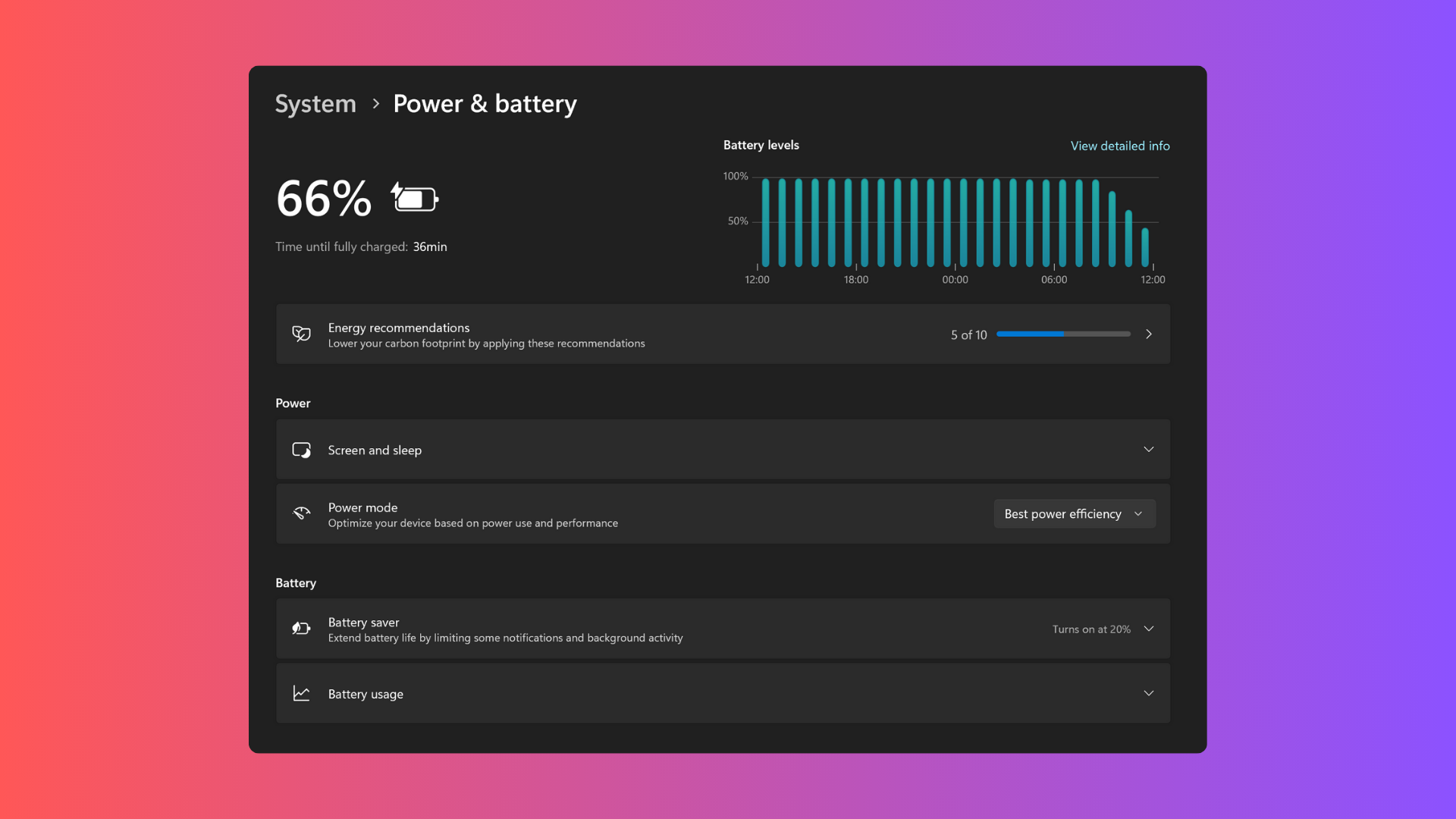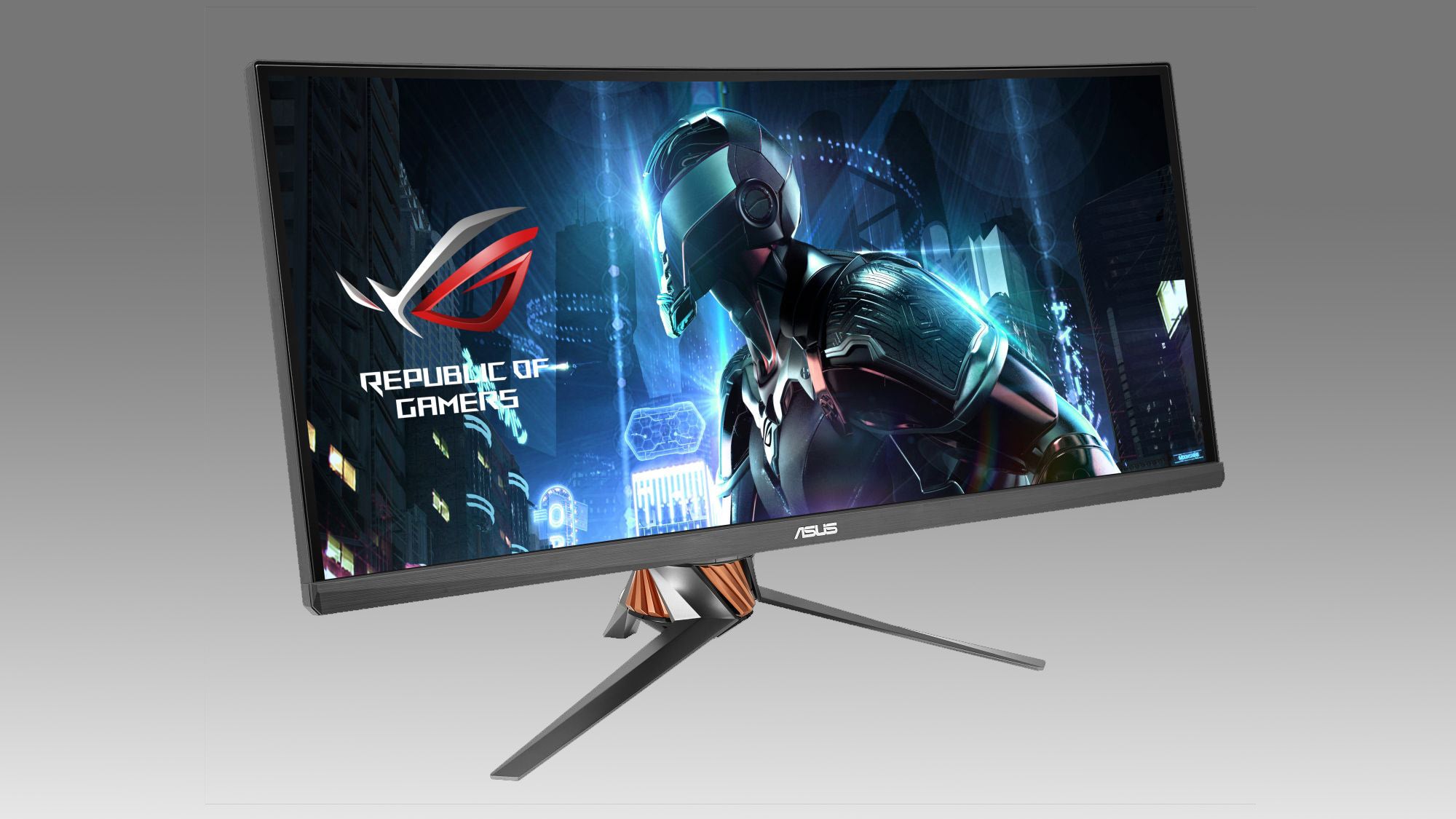What is Bluetooth 5? Everything you need to know
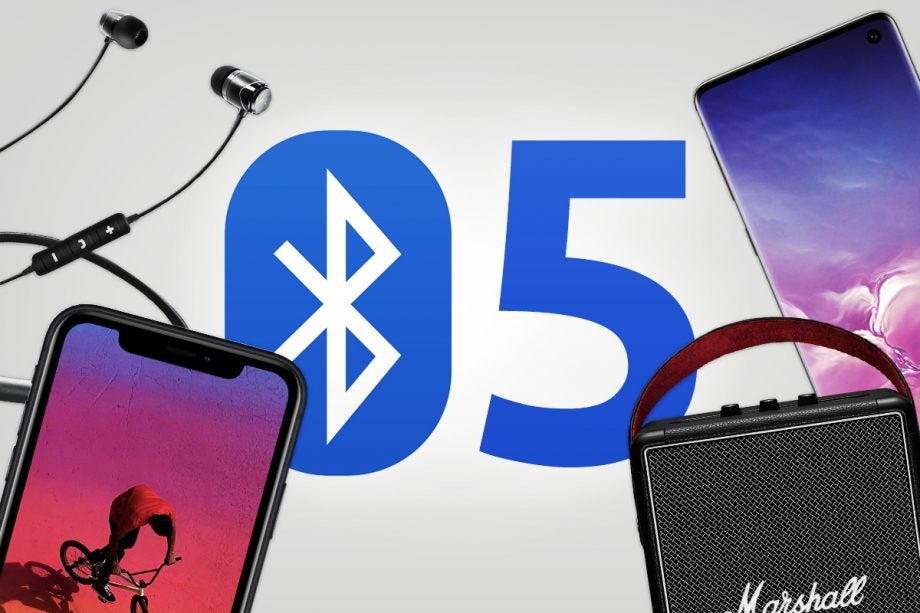
Bluetooth 5 is the latest iteration of the wireless communication standard, supported by all types of devices such as wireless headphones, mobile devices, portable speakers and much, much more.
Bluetooth enables devices to ‘talk’ to each other and transfer data from one point to another. How is Bluetooth 5 any different from previous versions? Well, the slogan for Bluetooth sums it up in ‘go further, go faster’. This fifth iteration of the Bluetooth protocol aims to supercharge and expand the ways in which devices speak to each other.
But before we get started about Bluetooth 5, what exactly is Bluetooth?
What is Bluetooth?
Bluetooth is a wireless connection standard that allows for the exchange of data over short distances. A good piece of trivia is that it’s named after the 10th-century Danish king Harald Bluetooth, who united Denmark’s tribes into a single kingdom.
It was first brought into being at Ericsson in the early nineties, but it wasn’t until 1998 that the Bluetooth Special Interest Group (Bluetooth SIG) was established by Ericsson, IBM, Intel, Toshiba, and Nokia, and the following year was when Bluetooth became standardised.
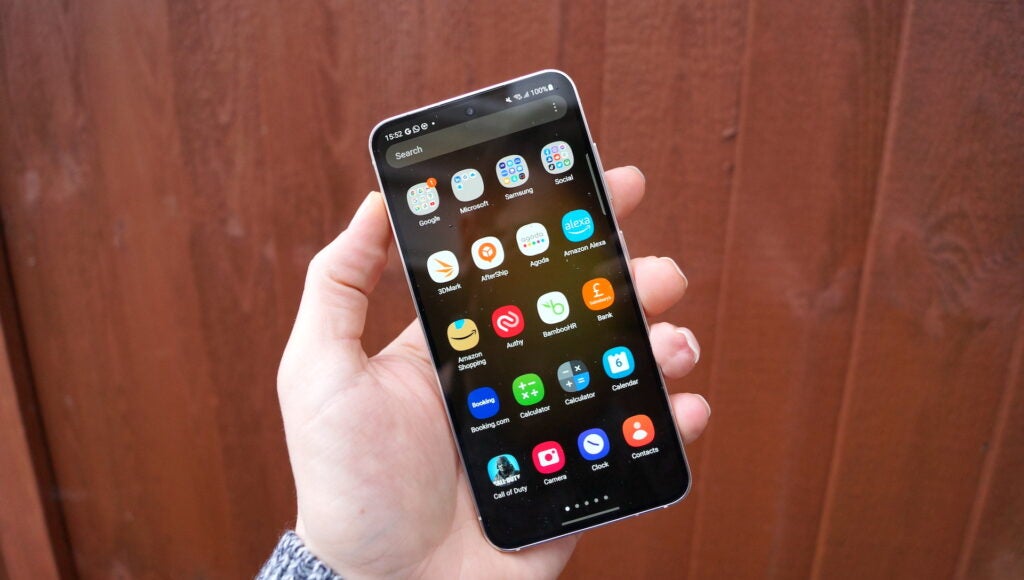
Since then, the Bluetooth SIG has grown to include 25,000 member companies and has overseen the progress of Bluetooth ever since.
Before the most recent update, the last major version of the standard was back in 2011 with Bluetooth 4.0. The last iterative update to that version was Bluetooth 4.2 in December 2014. The aim of Bluetooth 5 is to offer improvements well beyond what previous standards were capable of.
What is Bluetooth 5?
A little backstory into how Bluetooth 5 came about. Research conducted into how we use devices forecasted that by 2021/22 there will be 48 billion devices connected to the Internet. Of those devices, 30% are expected to include Bluetooth technology.
That huge number calls for a wireless standard that can connect devices quickly and efficiently without gumming up the works. Step forward Bluetooth 5.
Released in 2016, pretty much every wireless device with Bluetooth support will carry the Bluetooth 5 version or one of the iterations that has come in its wake. Bluetooth 5 bests what came before with twice the speed, four times the range and eight times the amount of transferable data.
That expansion of Bluetooth’s capabilities has the potential to change how products interact with each other, and in turn, with us.
What can Bluetooth 5 do?
Bluetooth 5 has been developed not only with current technical standards in mind, but the end user too.
For instance, if people used Bluetooth to download security patches, a rapid transfer of data is useful in a technical sense and saves the user time. A slower connection could cause the user to either give up or alert them that something went wrong, when in fact there’s nothing wrong aside from it being a slow connection.
Data is passed between devices more often than ever before (e.g., smartwatch to a smartphone) and so Bluetooth 5 handles data accrued over an extended period of time. With the increase in the amount of data it can handle, more data can be transferred.
And with the range increased, data can be sent over longer distances without data lost or errors. Devices can be further away and still maintained connectivity and has been achieved without increasing power usage as Bluetooth 5 less power-hungry than classic versions of Bluetooth, which saves the battery life of your device as a result.
Other improvements include better detection of Wi-Fi and LTE connections, avoiding possible interference for a smoother connection. Bluetooth 5 now has enough bandwidth at 2Mbps – double that of Bluetooth 4.2 – to support two sets of wireless devices simultaneously. You may have also read this feature referred to as Bluetooth Multipoint.
Multipoint Bluetooth allows the user to connect to two devices at once, so you could connect to a mobile device and a computer, swapping between the two to take calls on one while the other is used for music.
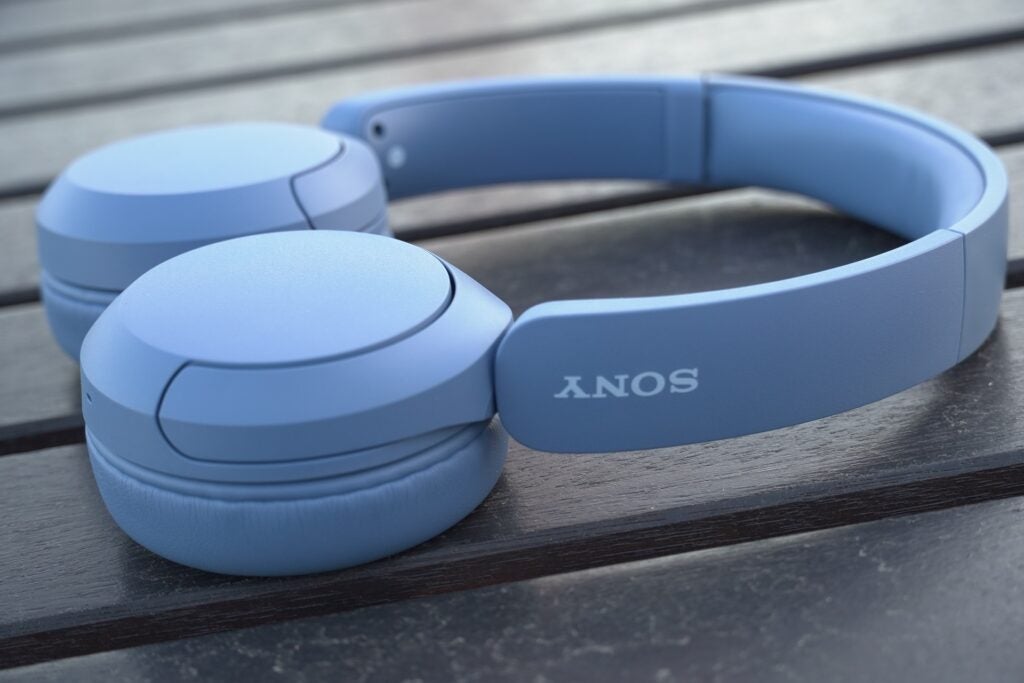
With that said, these upgrades are optional and it’s up to the manufacturer to decide whether to include them. Just because the device supports Bluetooth 5, that doesn’t necessarily mean you’ll get all the advantages we’ve listed.
And though we’ve placed an emphasis on Bluetooth 5 being faster and going further than before, there’s more to it than just that. It also facilitates additional location-based functionality. It can boost the uptake of Beacon technology for improved indoor navigation in areas such as shopping centres.
That’s thanks to Bluetooth 5 adding ” more capacity to advertising transmission”, it can transmit more information to other compatible devices without having to form an actual connection.
Bluetooth 5 also adds location and navigation functionality, allowing Beacons to transmit custom information without connection and application barriers. In other words, you won’t need to install an app or go through connection set-ups to receive specific location-based information from Bluetooth Beacons.
Bluetooth 5: The Age of IoT
Bluetooth 4.2 added features to help grease the wheels with the ‘Internet of Things’, and Bluetooth 5 places more of an emphasis on it.
Its longer range means it can work in a similar fashion as Wi-Fi does in the home. As Mark Powell, executive director of the Bluetooth SIG explains: “increasing operation range will enable connections to IoT devices that extend far beyond the walls of a typical home.”
The added capacity helps more smart household devices talk to each other, but the increase in broadcast capacity means it can communicate much more easily too.
And the speed, of course, should help matters. Data transferred faster means devices spend less time interacting with one other, therefore reducing power consumption. In that sense, the use of Bluetooth 5 is a win-win-win for IoT devices.
Which devices support Bluetooth 5?
Samsung’s Galaxy S8 was their first smartphone to feature Bluetooth 5 and everything that followed it from the S8 Plus and Note 8, to the S23 have incorporated it. It’s become a standard feature in Samsung’s smartphone line-up, with the Dual Audio feature is only possible because of Bluetooth 5.
And they’re not the only smartphones that carry it. Apple first added Bluetooth 5 with its iPhone 8 smartphone with the iPhone 14 support Bluetooth 5.3. And Chinese smartphone manufacturer OnePlus also plugged it into its 6 phone and beyond.
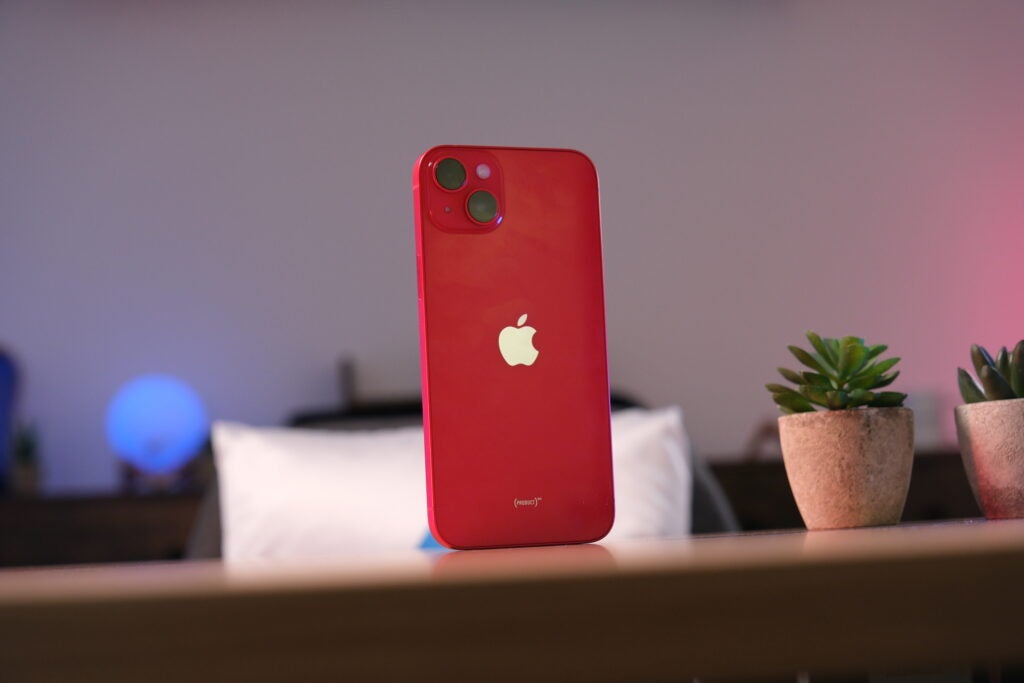
It features in a wide range of wireless speakers from brands such as Marshall, JBL, Sony, Cleer Audio, Ultimate Ears, and Sonos. The Apple HomePod 2 has Bluetooth 5 listed in its features, but it only uses it for set up purposes and not for streaming audio.
Every headphone that hits the market pretty supports Bluetooth 5, from the likes of the Sony WH-1000XM5, to more affordable efforts like the 1More SonoFlow. Again, not all of them support the features like multipoint support, so you’ll have to look closely before you buy if you want certain features.
What is Bluetooth 5.3?
After Bluetooth 5 was established, there have been core updates to the standard that have brought more features. First there was Bluetooth 5.1 followed by 5.2, and now there’s Bluetooth 5.3.
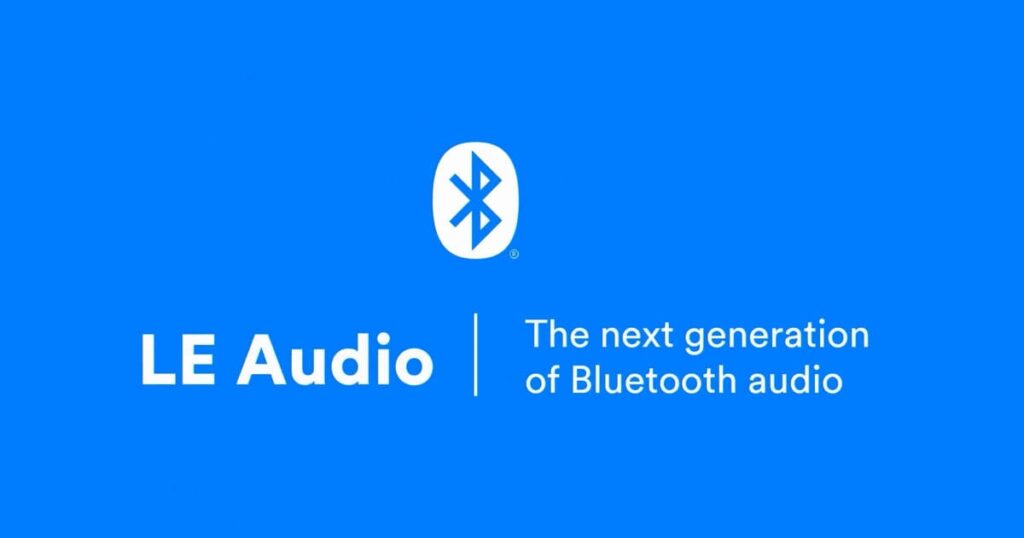
Bluetooth 5.1 added more accurate tracking compatibility, which is useful if you use Bluetooth-based tag such as Tile as it can now track items down to the centimetre. Bluetooth 5.2 added a few (boring) features, but of most importance was advancements in LE Audio that brought about faster pairing capabilities and prolonged battery life.
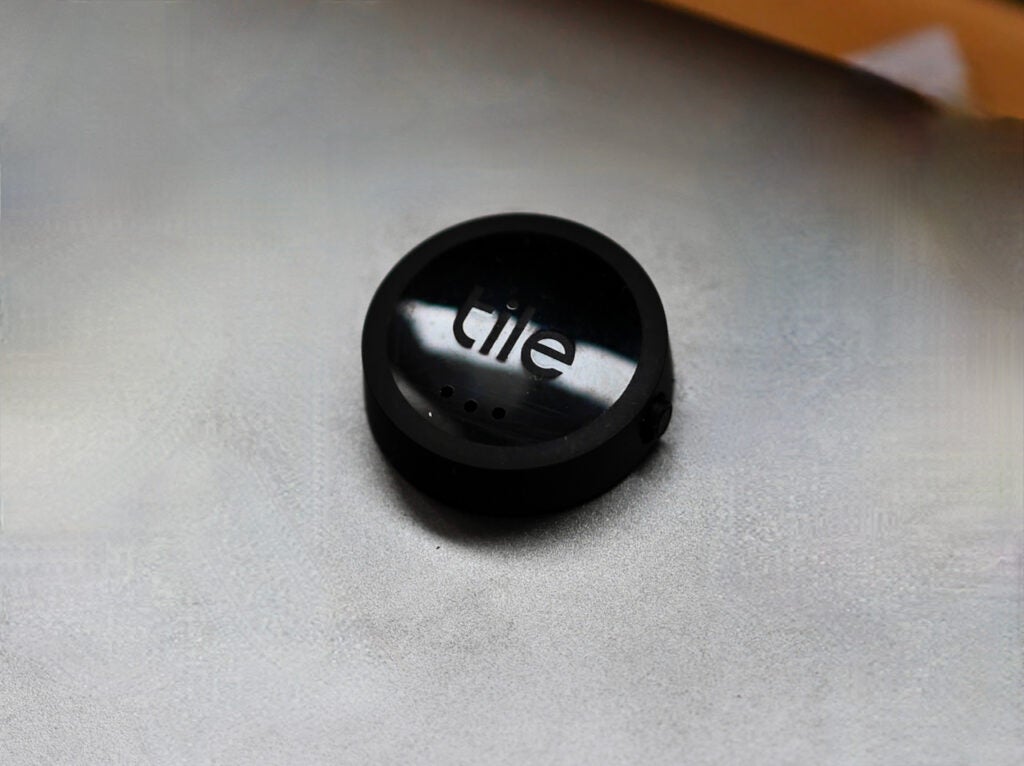
Bluetooth 5.3 was a more minor update, making communication between products more efficient by reducing the back and forth ‘talking’ between them. Products that support Bluetooth 5.3 can also switch between low and heavy-duty cycles.
The former is intended to save on energy consumption while the latter is what is when the product is in-use (i.e., listening to music or receiving a call). Battery can be saved when not in use, but then as soon as they’re in use, it jumps back into heavy-duty cycle without lag that might spoil the experience.
Is Bluetooth 5 backwards compatible?
So, what about devices that use older Bluetooth standards, like Bluetooth 4?
The good news is that Bluetooth 5 is backward compatible with Bluetooth 4, 4.1 and 4.2. This means you can use your Bluetooth 5-supported phone with headphones, speakers, smartwatches and more running the outdated standard, though you won’t get all the benefits of Bluetooth 5 this way.
And while Bluetooth 5 is backwards compatible with older versions, other devices need to support it otherwise you won’t get any of the advantages mentioned above. So while a smartphone using Bluetooth 5 can talk to a wireless speaker that uses Bluetooth 4.2, you won’t get the benefits of better speeds or increased range.


